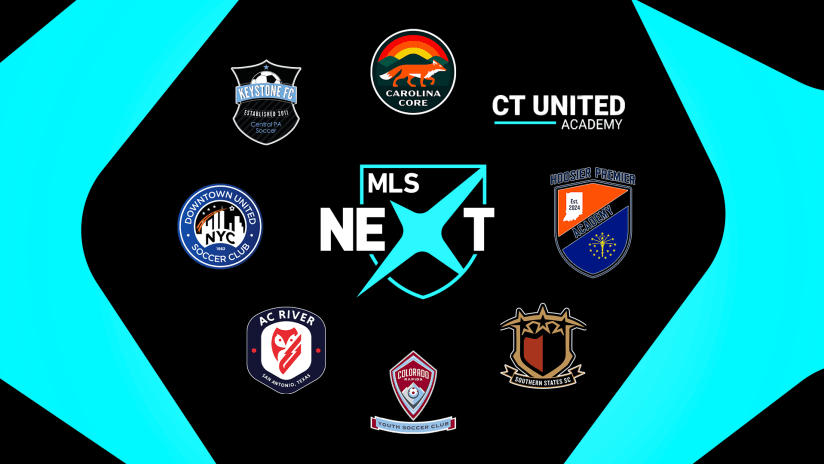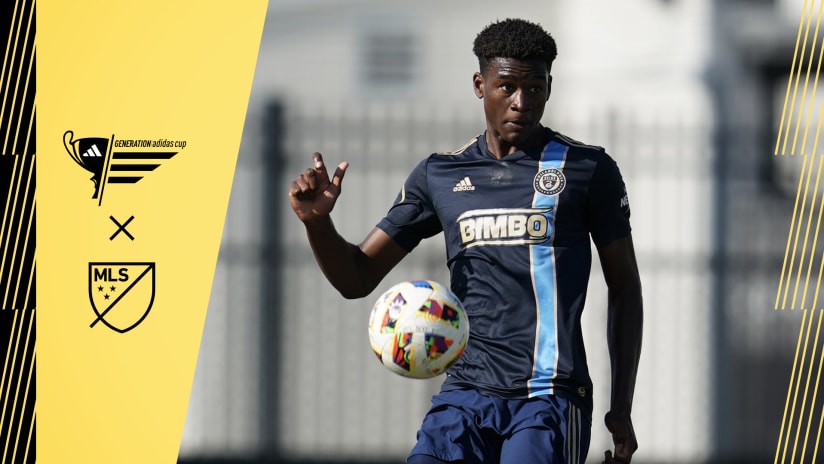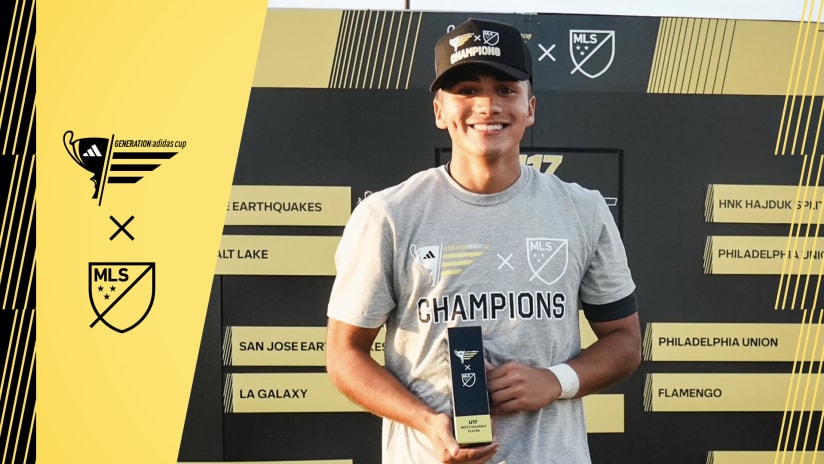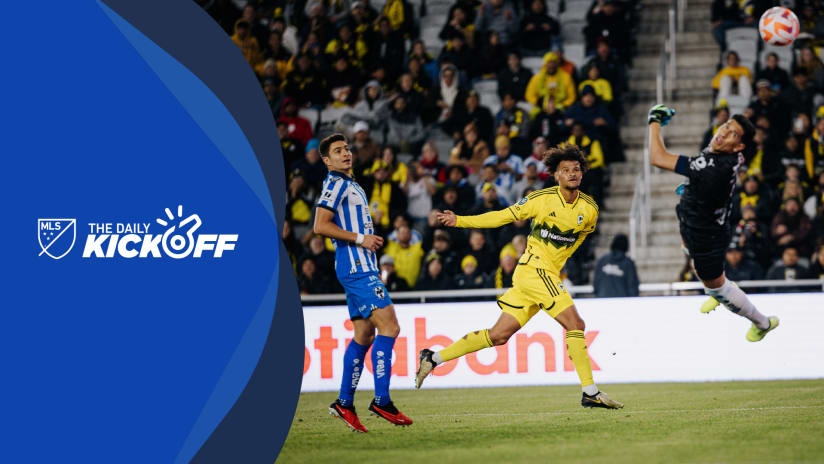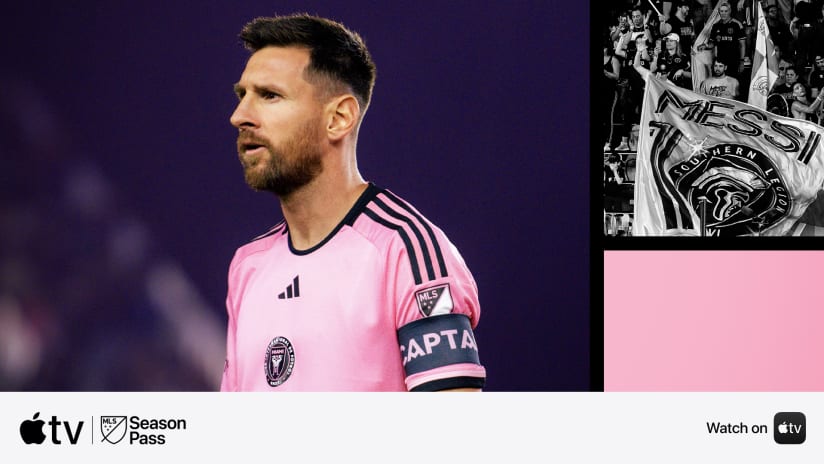MLS NEXT was born amid crisis, the product of Major League Soccer’s race to pick up the baton when the U.S. Soccer Federation shuttered its Development Academy youth league in the dark early days of the COVID-19 pandemic.
In the span of a few short months, MLS player development officials gathered the league’s academies and their top counterparts across the elite youth club scene to chart a return to play. The idea was to preserve the legacy of the DA and the framework of its national competition platform in the short term, all while addressing its shortcomings via a longer process of consultation and evolution.
A coast-to-coast patchwork of regional and local restrictions on gatherings and sports activities inevitably made MLS NEXT’s debut season a mixed bag depending on location. Some teams played as many as 13 regular-season matches and others just two. But it provided enough of a foundation for the inaugural MLS NEXT Cup playoffs to take place in Frisco, Texas in July, crowning champions in four age groups.
Given the speed, stress and uncertainty of the launch process, MLS Technical Director of Youth Development Fred Lipka considers MLS NEXT’s debut campaign “maybe the worst year of our life professionally speaking, in terms of amount of work, in terms of stretch, in terms of staff” for his department.
“But at the end of the day, maybe in a couple of years it could be the best one,” he added, speaking to MLSsoccer.com earlier this year. “Because we've built in struggling, we built in fighting, we've built in creating this resilience. Not only with us but with all our clubs, who also were very courageous to follow us.”
Conversations with Lipka and others in the academy sphere reflect a landscape still in flux, with both optimism and caution in abundance. On the one hand, North American youth soccer has long been a large, messy beast prone to chaos and conflicting priorities. On the other, a profound youth movement has swept across the continent, with greater roles for young players and rising crops of blue-chip talent drawing attention from the world’s biggest clubs.
Here are four areas to watch as MLS NEXT moves forward.
While circumstances made year one a bit of a hodgepodge, the fact it happened at all was a significant achievement. Anyone who’s witnessed COVID-19’s sweeping effects on the professional game can probably imagine how complex and difficult it is to safely hold youth competitions under similar conditions. Now, with season two getting underway this autumn, MLS NEXT’s leaders aim to move from triage mode into something more advanced.
A big crop of new members have joined the league, running the total to 133 clubs across Canada and the United States, competing across six age groups. All told, it comprises 590 teams and more than 12,000 players taking part in a 10-month pro-style season highlighted by two national events, a winter gathering and a combined postseason qualifying tournament/showcase in May. And while details have not yet been announced, Generation adidas Cup is slated to make its return in the spring after a pandemic-imposed hiatus.
“We forecast to have a normal season because most of our players and coaches have the vaccine,” said Lipka. “Now we’re ready to compete, so we plan to play normally.”
The word “normal” is relative here, though. While the DA platform was the starting point for MLS NEXT, the challenges that dogged the departed league must still be navigated by its successor, including the need to reconcile different perspectives between professional and youth clubs, build trust among a broad variety of stakeholders and cultivate collaboration and transparency in the face of competing interests and lingering skepticism from the past.
“Before it was more at best month by month, and it was more sometimes week by week. So we need to have a better understanding, and to be more ready to serve our clubs in terms of competition, and in the programming we want in a better way,” said Lipka. “We have to improve and we are going to address that … We have more staff, more support to do it in a better way.”
The expansion of MLS NEXT membership is aimed at casting a wider net across two huge countries, both for increasing the overall footprint of talent identification and cultivation, and building scale to reduce the costs of travel (both time and money) that can grow so astronomical.
The vision is eight regional divisions, with heavily localized scheduling in the younger (Under-13 and U-14) age groups and opportunities for MLS academies to face off against one another in addition to nearby youth clubs, as well a calendar that allows for proper rest, recovery and training-to-game ratio.
Even as that framework gets built out, more expert eyes are needed to assess match play and connect with potential prospects, particularly in traditionally overlooked communities. So MLS NEXT is launching a new match evaluator initiative, reaching out to promising coaches and scouts – among them a number of former MLS players – with an eye for talent and a desire to contribute.
“Given how big North America is compared to the amount of first-division clubs that we have, it's really difficult to truly scan the entire landscape for top talent,” said MLS Director of Player Development Alecko Eskandarian. “There’s been an overwhelming amount of former players who expressed interest in wanting to be an extension of our eyes and help us scout the MLS NEXT platform for stars of tomorrow.”
A pilot group of 15 prospective match evaluators, including MLS alums Greg Garza, Justin Mapp, Andy Williams and Leonard Griffin, underwent an intensive scouting workshop at the 2021 MLS NEXT Cup finals at FC Dallas’ Toyota Soccer Center over the summer, learning about best practices and using those postseason matches as trial runs.
“We had a great group, really had some great insight and it's a program that we're really excited about and think has a lot of potential to grow,” said Eskandarian.
The steady flow of young talent from MLS to major European leagues marked by seven- and even eight-figure transfers like Brenden Aaronson, Alphonso Davies, Bryan Reynolds and Gianluca Busio has gone hand in hand with the rising minutes and growing influence of younger players in the league itself. Together it offers a growing body of evidence for the ongoing “Play Your Kids” movement that MLS NEXT sits at the heart of.
“That's a part of the culture and mentality where we have made progress, and credit not only to our academies, but the first-team coaches in most of our clubs,” said Lipka. “It wasn't the case when I arrived, five, six years ago. It was like ‘can those kids perform?’ … now Busio performs like a 10, maybe a DP. … Those guys are performing like veterans with 10 years of experience.”
Every success story helps pave the path for more to follow. It’s not only about making it to an MLS first team, and then eventually onto a big European stage, it’s being successful once you get there.
“Players that are homegrown, that come through our system here domestically and move abroad, that's great but most important is that the success translates into Europe as well,” said Eskandarian. “And that is huge because I know back when I was playing, there were plenty of players that would go over to Europe and maybe not ever even see the field, not even ever play any minutes and then come back. And now we're seeing a lot of young players excelling in Europe.
“That reflects very well on the league here, to show that success in MLS translates into success abroad.”
Another huge step arrives in 2022 when MLS launches its new, still-to-be-named lower-division pro league with MLS second teams and independent clubs to further bridge the divide between academies and first teams, providing opportunities for those on the lower end of senior rosters.
“It’s necessary for our clubs to have the continuity in the pathway,” said Lipka. “Also it’s a question of culture, it’s a question of opportunity. It's a question of what's going to become the sport in this country, and if you want to shape our way to develop players or if we want to rely on someone else … It's another pro league, but I see it like the continuity of what we're doing with MLS NEXT.”
Belief in the enormous possibilities of domestic talent development is at the core of MLS NEXT’s existence, and current trends offer proof of concept.
“It works – the pro pathway works. The continuity between teams, and also the expertise and mentality evolve, the culture evolves throughout our first teams,” said Lipka. “So it's now a clear vertical pathway we have.
“NEXT was the strategic piece I would say we needed, as MLS but also in terms of leadership in the country,” he added. “Because we also serve objectives not only of our clubs but from a whole community of clubs, and a whole community of parents and players, which need NEXT to achieve their objectives.”
Yet as exciting as the broader youth movement may be, the significant disagreements of the DA’s final years have not magically disappeared. Chief among them is schedule balance, homegrown territories and players migrating from elite youth academies to MLS sides, hot-button topics that linger in youth circles.
They're front of mind for Lipka, Eskandarian & Co. as they seek to build a system that meets everyone’s needs and advance the big-picture objectives. It’s a complex and often messy process, but they’re bullish on the future.
“As a country, maybe we have failed in the past, with just so many different egos and politics and this and that. I'm really proud of our group and what we're trying to establish just in terms of our professionalism, communication, inclusivity,” said Eskandarian.
“We truly try and do things the right way and do what's best for the players in North America to succeed. So that's something that I'm proud of and I hope that we can get more and more influential people in the youth game to buy in and be a part of it, because at the end of the day we're all on the same team.”


